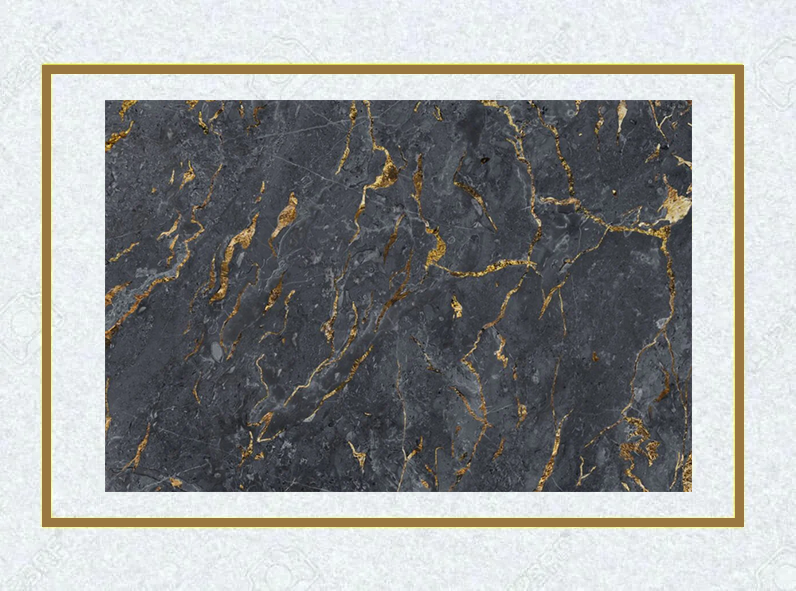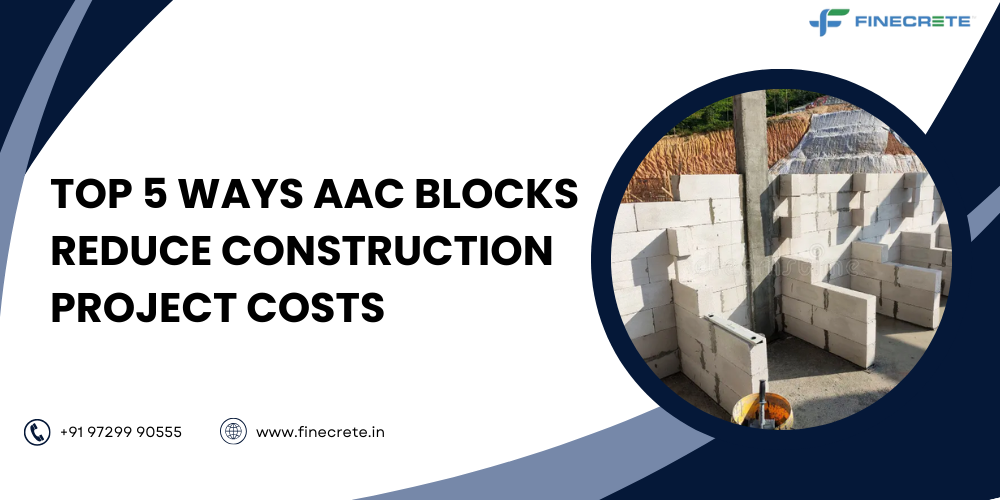Reducing construction project costs is a top priority for builders and developers. In recent years, Autoclaved Aerated Concrete (AAC) blocks have gained popularity due to their cost-saving benefits. These offer several advantages and can help reduce construction project expenses significantly. Know the top 5 ways how AAC blocks can help reduce construction project costs.
- Lower Transportation Costs:
AAC blocks are lightweight, which reduces transportation costs and allows for more efficient logistics planning. Autoclaved Aerated Concrete blocks have a lesser dead load compared to regular construction materials, which means that one can ship more of this material in one go. This reduces transportation expenses. Fewer trips are required to transport the same volume of material.
- Structural Cost-Saving:
The oven-dry density of AAC blocks varies from 450 – 650 kg/cum, which is significantly lower than traditional concrete blocks. This lower density reduces the overall structural load on the building.
This results in potential savings on costs of building the foundation and structural components. Builders can use smaller and lighter structural elements while still maintaining the required strength and stability, leading to cost reductions in materials, labor, and construction time.
- Ensures Faster Construction:
AAC blocks require almost no pre-curing and post-curing activities, unlike traditional blocks that require extensive curing time. This means builders can start construction immediately after the blocks are laid, saving time and labor costs.
Thus, these blocks can help speed up the construction process. The faster completion of a project means reduced overhead costs and projects can be completed more efficiently.
- Reduces Energy Expenses:
AAC blocks boast excellent thermal insulation properties. These construction materials can reduce heat transfer through walls, reducing air-conditioning loads.
Buildings constructed with AAC blocks require less energy for cooling and heating. This results in lower energy expenses for the occupants. This energy-saving feature benefits the end-users. It also contributes to sustainability and environmental responsibility. At a time when “Go Green’ initiatives are being taken up in many sectors, it is essential to use these construction building materials to ensure eco-friendly construction projects.
- Reduces Raw Material Usage:
AAC blocks are known for the sustainable production process used in manufacturing them. Up to 60% of the raw materials used in AAC production are industrial waste, such as fly ash. By using these industrial waste materials, Autoclaved Aerated Concrete blocks help reduce the consumption of natural resources and minimize waste generation. This sustainable construction approach reduces raw material costs. It contributes to making a construction project more eco-friendly.
Overall, builders can achieve substantial cost savings with AAC blocks in construction projects. They can also benefit from the numerous advantages offered by this innovative building material.






